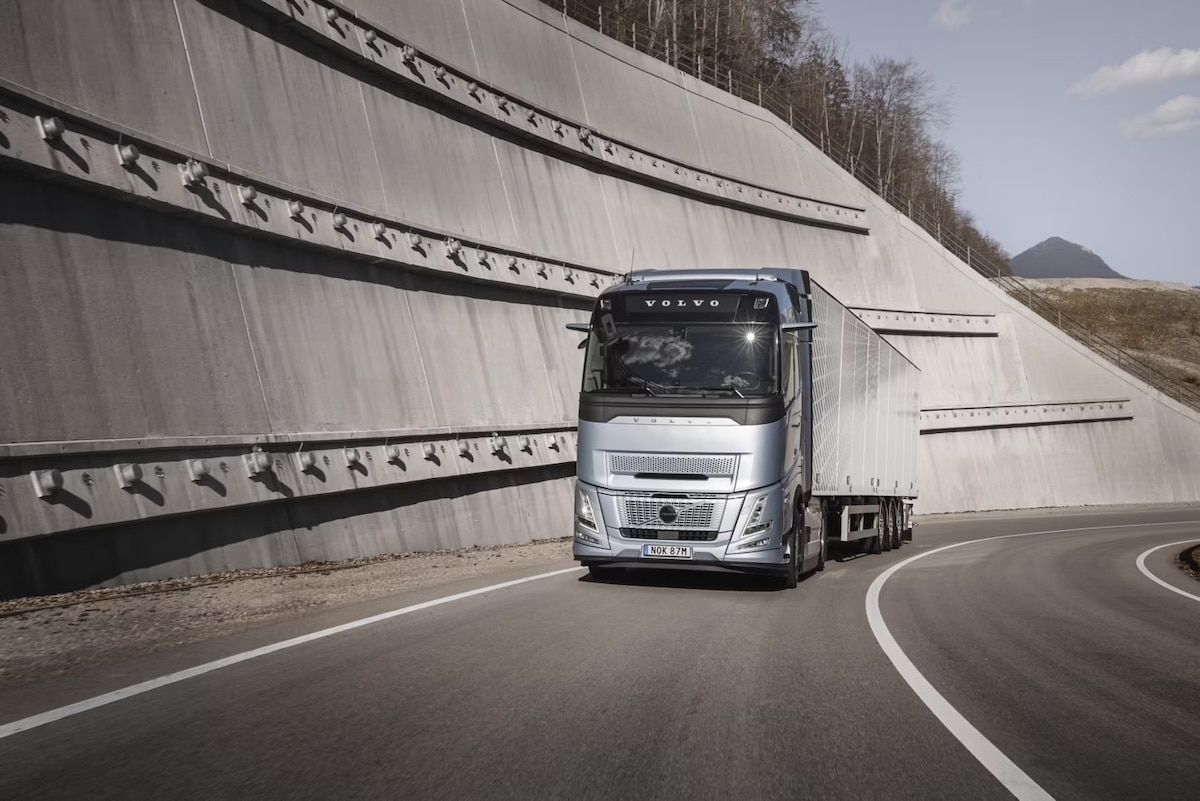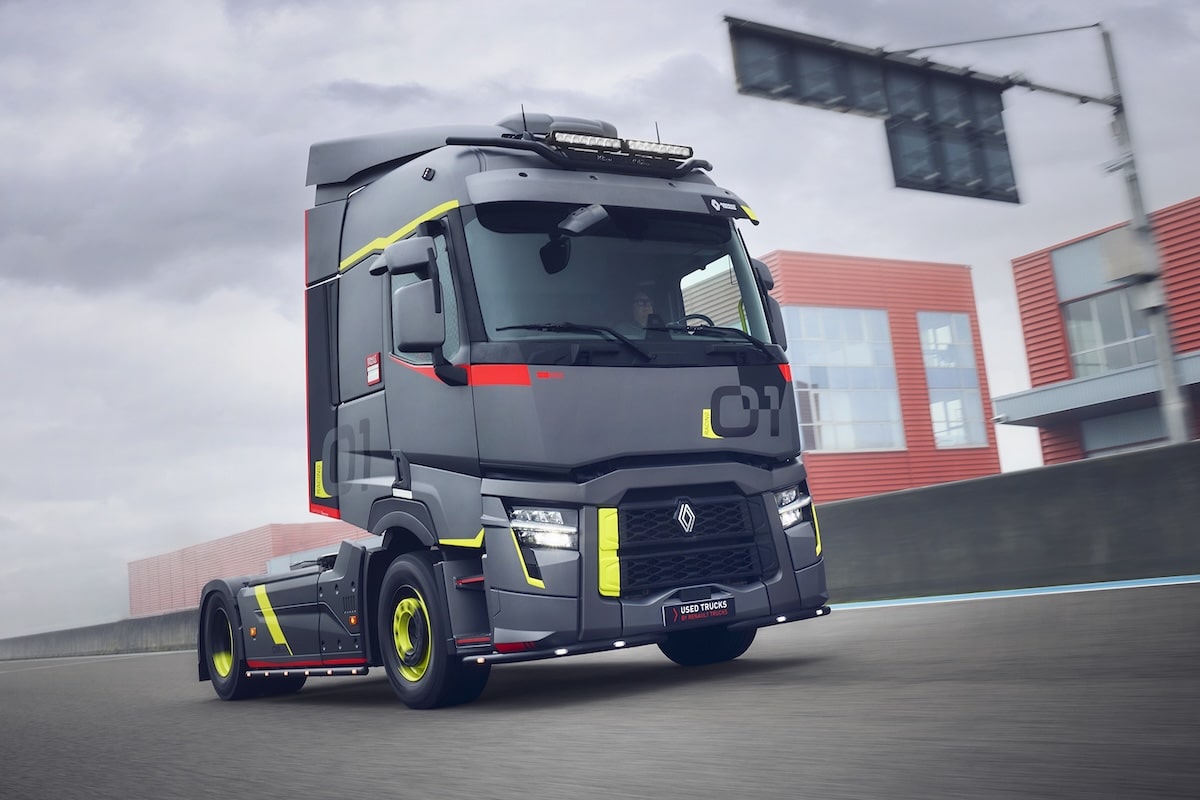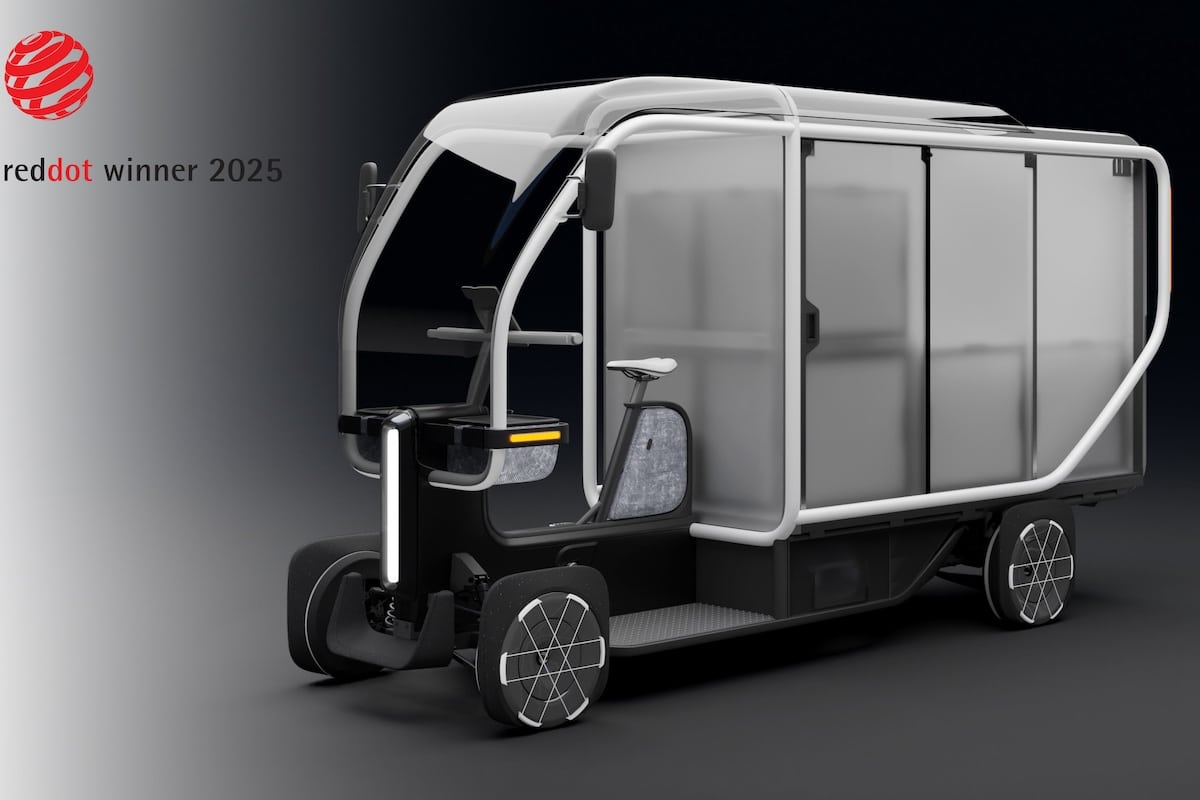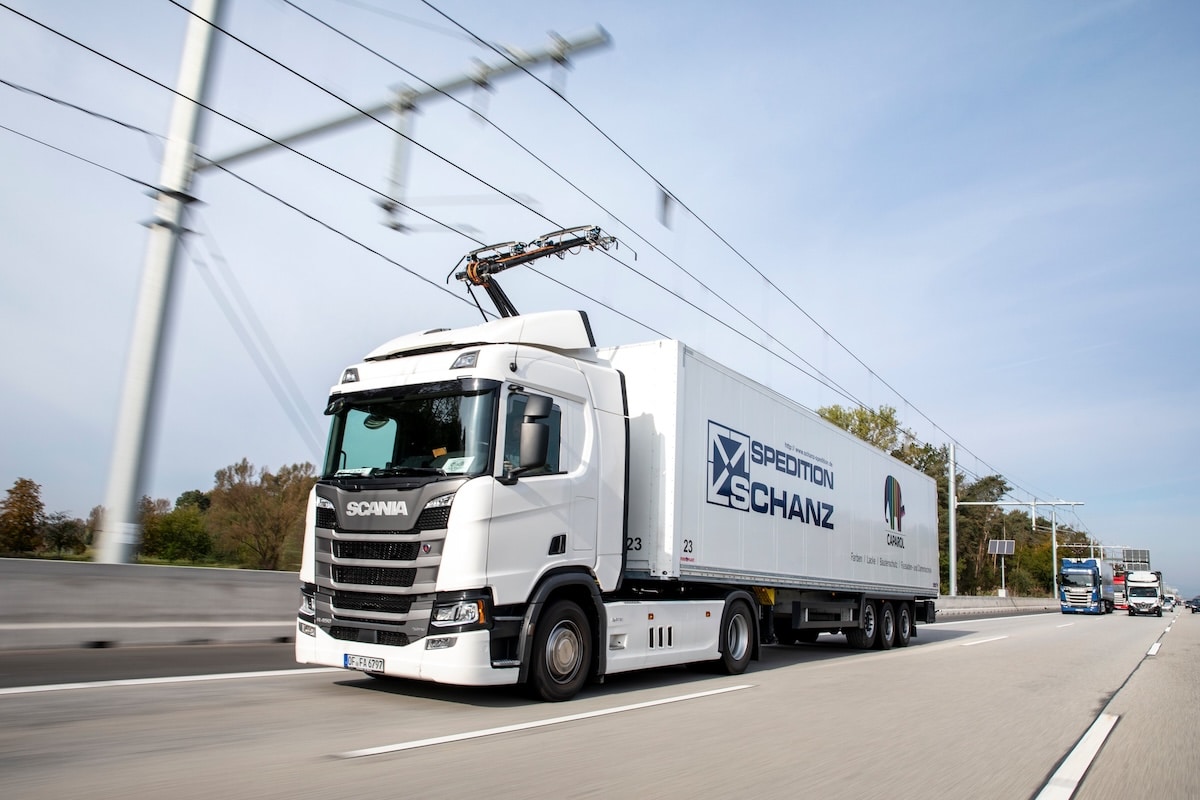How La Poste Electrifies Parcel Transportation
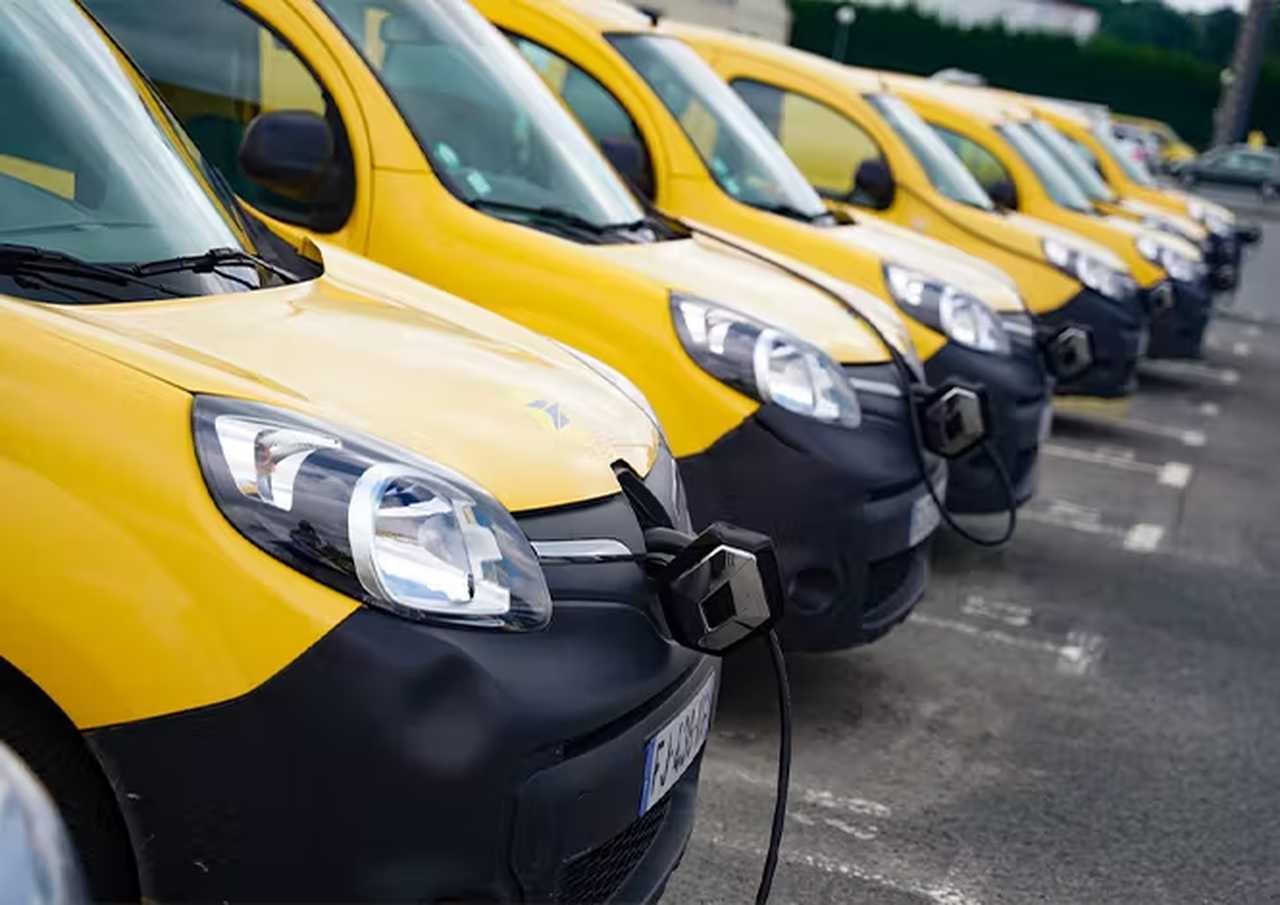
The La Poste group and its subsidiary Colissimo are going all in on electric vehicles, also due to regulatory obligations.
During Black Friday, the world of parcels and transportation is under the spotlight more than ever. It may not be a coincidence that La Poste announces several measures to green its fleet in the coming years… The group rightly reminds us that its share of pollution is increasing.
According to it, “the transportation of goods in cities accounts for 20% of urban traffic, 30% of road usage, and 50% of diesel consumption” while noting that it “is responsible for 25% of greenhouse gas emissions and between 35% and 45% of particulate emissions”.
9,000 new electric vehicles and bikes
So what will La Poste do to lead the decarbonization movement? The company is investing more than 200 million euros in its Colissimo fleet. It will add 8,000 more electric vehicles by 2025. This will include vans like the Renault Kangoo Electric. But it is also counting on 1,000 cargo bikes for shorter trips. With this fleet, La Poste aims for a 60% reduction in NOx (nitrogen oxides) and PM (fine particles) compared to 2015.
La Poste is also working in parallel with three-wheeled electric scooters Ligier, bicycles, and other electric vehicles for mail deliveries. The group currently owns 37,000 low-emission vehicles, including:
- 8,380 electric utility vehicles
- 10,000 electric 3- and 4-wheeled vehicles
- 18,000 electric bicycles
- 546 cargo bikes
By 2025, there will be 45,000 electric vehicles operating across France within the French postal network.
The threat of Low Emission Zones (LEZ) forces La Poste to accelerate
If La Poste is moving even faster than before, it’s because a regulation is on the horizon. And even today! The Low Emission Zones (ZFE-m, Mobility Low Emission Zones) are gradually coming into effect in France. By 2025, they will be mandatory in metropolitan areas with populations over 15,000, that is about fifty (47 exactly). Some have initially targeted utility vehicles, such as in Rouen or Toulouse.
Consequently, older vehicles, mainly diesel, must transition to less polluting replacements. They need to meet certain age criteria and eventually be electric, which explains La Poste’s strategy.
A particularity of La Poste is that the group directly negotiates with local authorities. It announces that 11 cities and metropolitan areas will have partnership agreements. What is the purpose? For four years, these agreements aim to “accelerate urban decongestion and improve air quality”. In addition to electric vehicles, measures include logistics, charging network development, and joint procurement of vehicles.
This page is translated from the original post "Comment La Poste électrifie le transport de colis" in French.
We also suggestthese articles:
Also read
